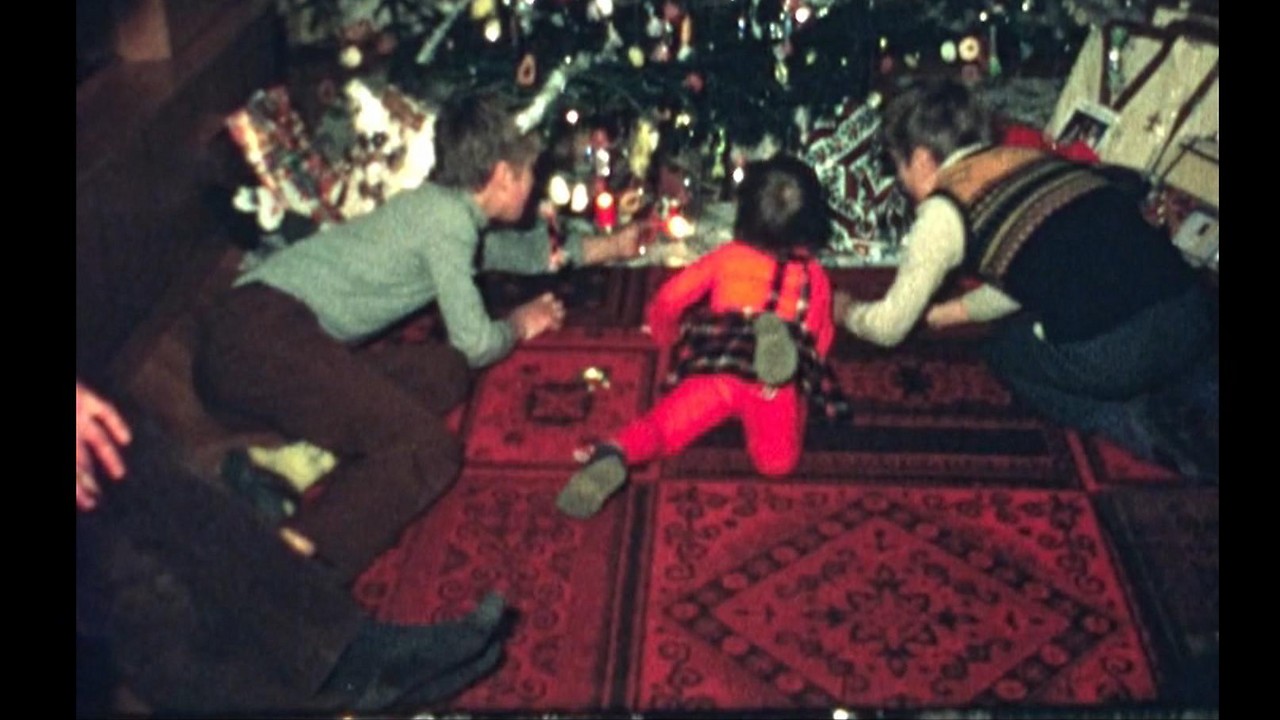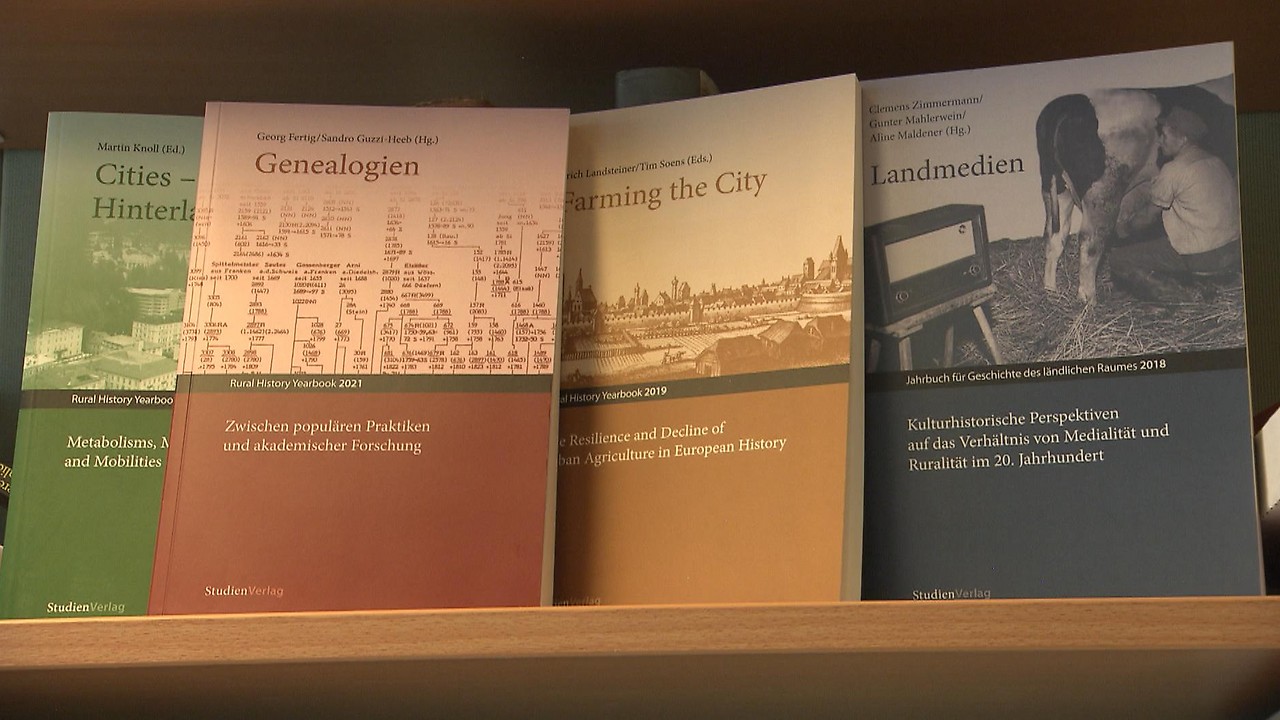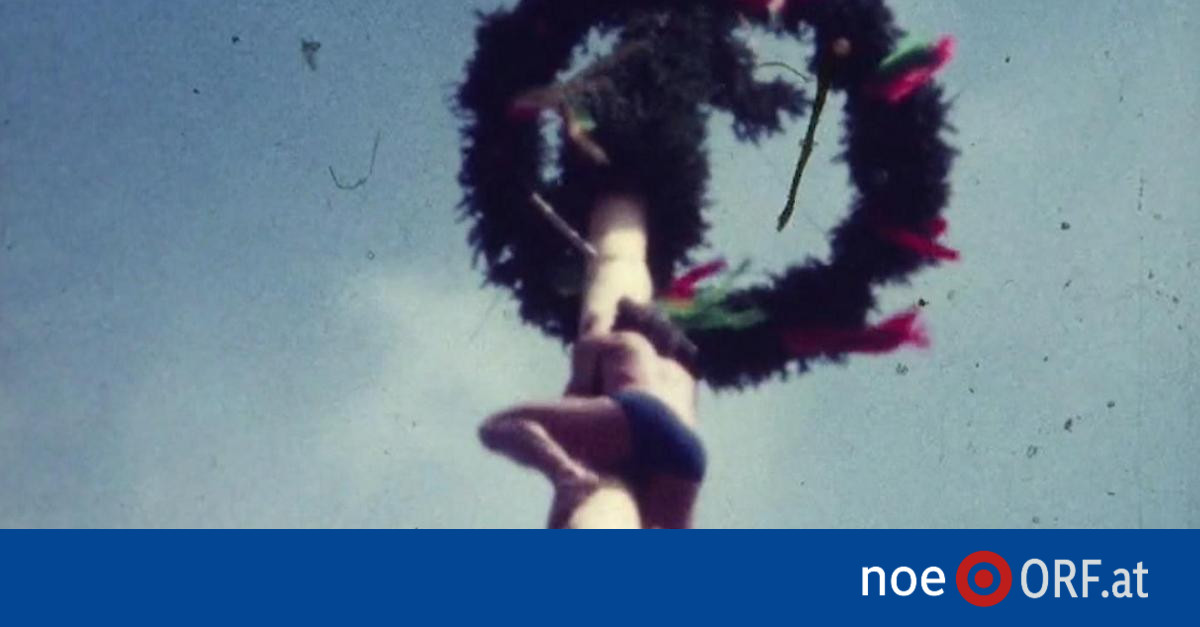The “Lower Austria Special” collection campaign has been carried out by the State of Lower Austria and the Austrian Film Archive for ten years. Nearly 3,000 people made over 70,000 Normal 8 and Super 8 films and in return received a DVD of their own films.
Careful evaluation of these film lists began last year, and by 2027, one of the world’s largest collections of regional amateur films should be fully registered. Special film footage from the 1920s to the 1990s shows both the extraordinary and the everyday.
For Brigitte Simanek, president of the Institute of Rural History, films are an “extremely valuable resource” for various contemporary historical topics, such as “from environmental issues to cultural-historical issues, from change in the culture of leisure and consumption in the countryside to politics and political engagement, and special occasions are also filmed and presented.” And celebrations in the family circle or in the village are ours.”
The films document the past lives of people in Lower Austria, at work as well as during parties, in their free time as well as on holiday. Parts of the amateur films, showing nine decades of Lower Austria’s history, will be made available to the public and displayed in exhibitions.
Village experiences encourage research
“The films show village and regional experiences, and stimulate thinking and research,” you can read on the institute’s website. New research projects on everyday history in rural areas will be established by “Niederösterreich Private” in the next few years, explains Brigitte Simanek.
Researchers are interested in how the automobile era was portrayed in movies, because during this time the car became almost like a member of the family. “There are recordings of trips on vacation, but there are also recordings from villages, of children riding bicycles or adults riding scooters. This fascination with speed is a very exciting research project for the future,” says Simanek.

But the projects will focus not only on the experience of mobility, place and new landscapes, but also, for example, on human-animal relations, because daily life in many places has been characterized by living with animals: “That’s why they are often in a state of chaos.” You see movies: in shots of stables and pastures, or hunting and fishing or visiting the zoo. There are also countless pets: cats, dogs, guinea pigs and parrots. “The scenes are as diverse as the roles of the animals,” says the institute’s commemorative leaflet, presented on the occasion of its 20th anniversary.
Measuring rural areas historically
The institute’s goal for 20 years has been a historical survey of rural areas, explains Oliver Cochelm, who has headed the institute with Brigitte Simanek since last year. “It is important to break down the strict comparison. There is not a ‘big city’ on the one hand and a ‘rural area’ on the other, but rather a very wide range of different living, working, economic and political situations. Seeing this is part of our work.”

The Institute looks forward to a long series of activities in the areas of archiving, cataloguing, basic research, science transfer and the transfer of knowledge to a wide audience. Research is conducted regionally and internationally on rural areas, their economy, culture and society. The Yearbook for the History of Rural Areas was published for the first time in 2003, which succeeded in introducing the new institute into the international scientific discourse, according to the new publication.
The year 1989, with the opening up of the East, as well as the year 1995, in which Austria became a member of the European Union, brought about major changes in Austria, in the city as well as in the country, says Kohshelm: “If you look at films of the 1970s, then you see villages in which there was no preparation for Everything, and it shows a society that looks almost poor. But if you went through that period yourself, you wouldn’t have that memory as much as you think it was definitely a prosperous time. However, you can see that there’s been a huge jump in wealth over the last 30 or 40 years.

“Total coffee aficionado. Travel buff. Music ninja. Bacon nerd. Beeraholic.”







More Stories
Researchers detect extremely high-energy gamma rays
Anxiety disorders in old age increase the risk of dementia
Researchers are particularly fascinated by these exoplanets.